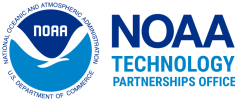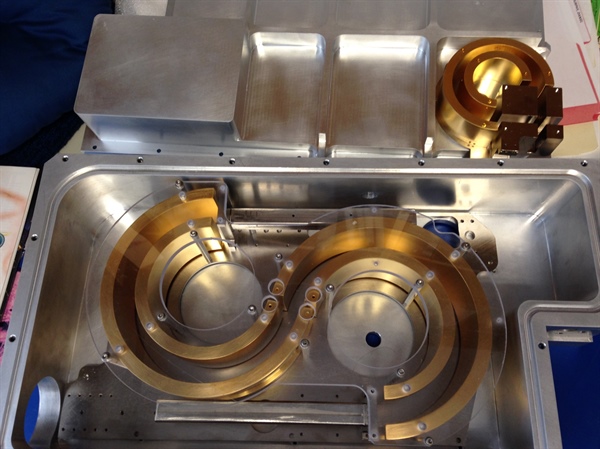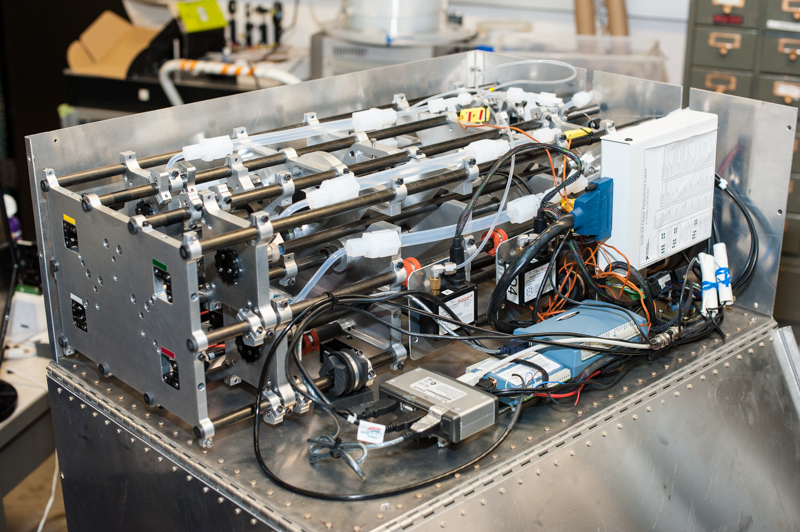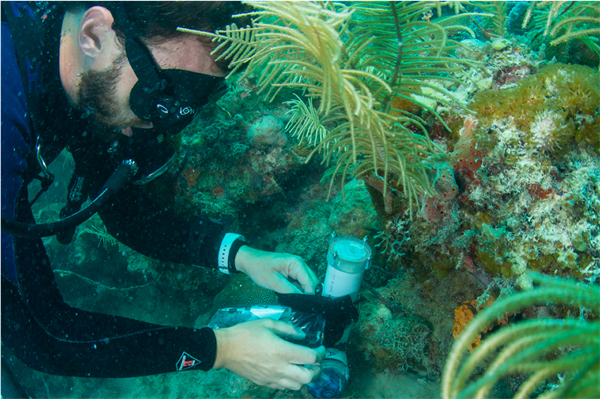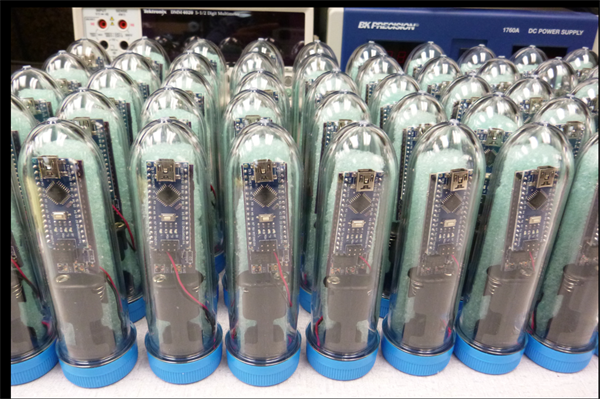S-Curve Time of Flight Mass Spectrometer
US Patents 9,761,431 and 10,438,788 – Exclusive and Non-Exclusive Patent Licenses Available Time-of‐flight mass spectrometers are commonly used in analytical chemistry and many other applications. They contain a region where ions travel toward a detector. NOAA scientists have developed a new geometry that has improved performance over existing designs. The new innovation is to use two successive sectors, with the second one reversed, in a geometry resembling an “s”. The result is that the output ion beam is parallel to the input ion beam and that the entire geometry folds into a very compact volume. A second benefit to the design is that certain higher-order aberrations cancel when the ion beam makes two identical but opposed turns (e.g. a right-hand turn followed by a left-hand turn). NOAA is seeking qualified licensees to manufacture and sell this patented device. Interested companies should contact the NOAA TPO at noaa.t2@noaa.gov for more information. Shaped Time of Flight Chamber. Machined prototype. Credit: NOAA
S-Curve Time of Flight Mass Spectrometer Read More »
